Linear phase EQs are specialized plugins that can really help (or hurt) your mix.
The trick is knowing when to use them. They’re great tools, but when used incorrectly, they can wreck your song.
I’ve put together this guide to using these EQs to help you get pro results every time.
What Are Linear Phase EQs?
The easiest way to explain what linear phase EQs are is to start with what they’re not.
They aren’t regular EQs.
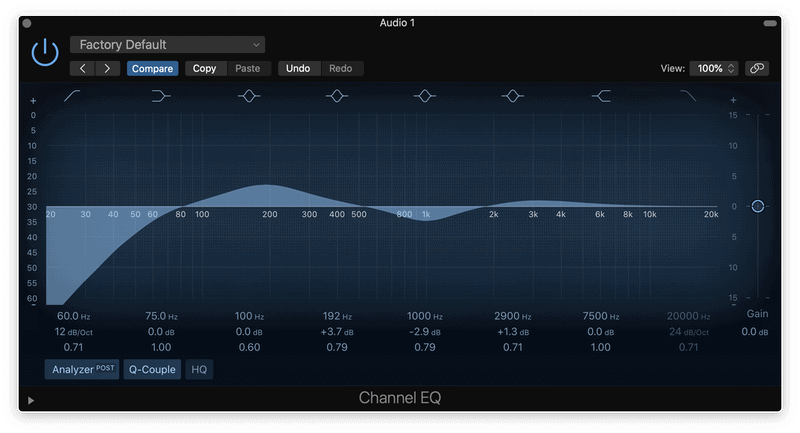
As you know, EQ plugins let you boost and cut frequencies in a sound. You can fix and change sounds by turning certain parts of it up or down.
But there’s one major thing you may not know about EQs. EQ slightly delays the sound it’s added to.
While changing the frequency content, EQs naturally add latency to parts of the sound.
This latency creates phase smearing. Certain harmonics get delayed, “smearing” across the sound.
Linear phase EQs make sure the entire sound gets delayed simultaneously.
The phase relationship of the sound remains intact. You don’t have to worry about smearing.
But here’s the thing…
Phase issues from EQs are barely noticeable (usually).
Most of the time, no one will notice it’s even happening. And when it is audible, it can actually sound nice.
What I’m saying is, you don’t need to stop using regular EQs.
Nine times out of ten, a regular EQ will work just fine. Linear phase EQs are only necessary for a few edge cases.
So When Should I Use Linear Phase EQs?
First off, you don’t necessarily need to use linear phase EQs at all. Many incredible records have been mixed without them.
But they still have their uses.
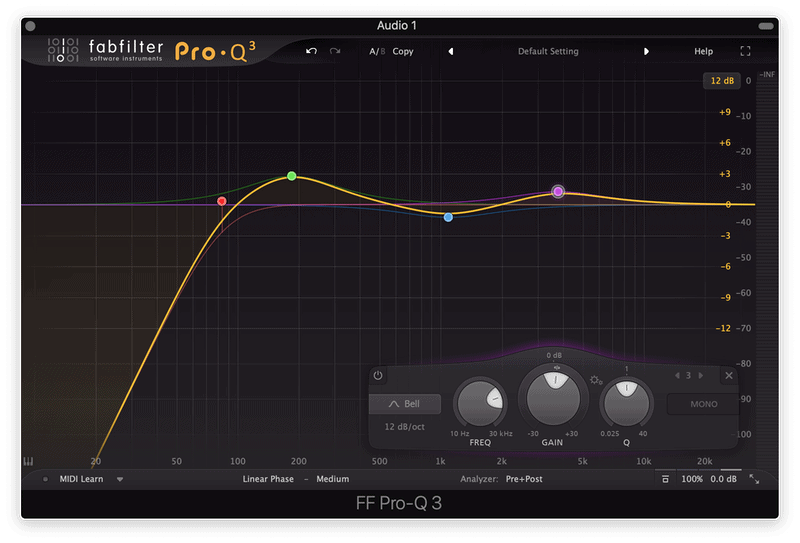
There are a couple of situations where linear phase EQs can really come in handy. Namely, when one sound is heard across multiple tracks.
A regular EQ can change the phase relationship between those tracks. The result is unexpected filtering.
Which means a linear phase EQ might be better for the job.
Drum Kit Recordings
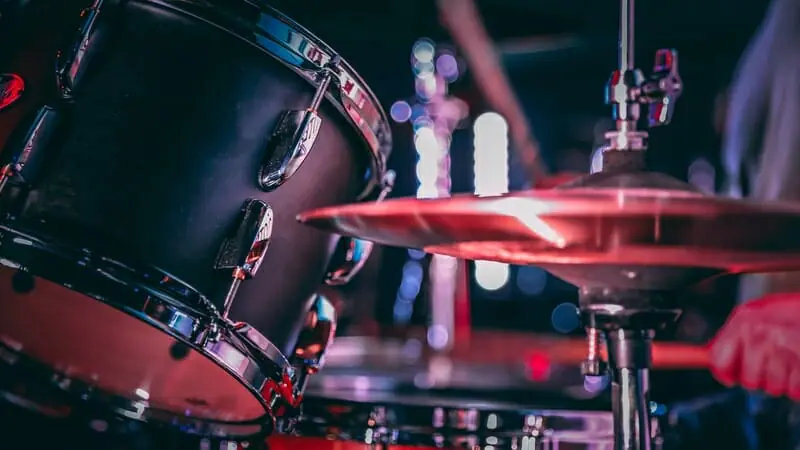
This is probably the most common use for linear phase EQs.
When recording a drum kit, you’ll probably use a handful of mics.
These mics will naturally pick up different parts of the kit. You’ll hear a little bit of the kick from the snare mic and vice versa.
As you can imagine, shifting the time of these recordings could lead to some nasty phase cancellation.
By using a linear phase EQ for your drum tracks, you can avoid phase issues. So keep that in mind next time you’re mixing drums!
Mixing Stereo Tracked Instruments
Stereo miking instruments is super common.
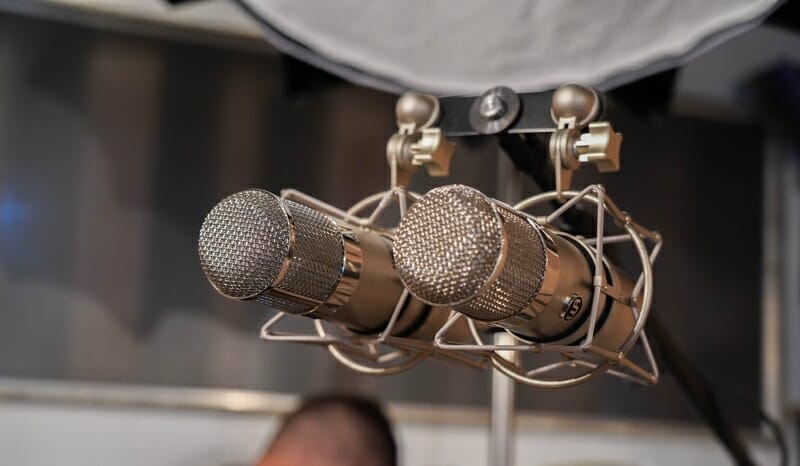
On most mixes, you’ll have at least one instrument that was recorded with more than one microphone.
Guitars, pianos, and strings often rely on stereo miked recordings.
And once you EQ those tracks, the slight delay might affect them differently. This can affect the tone and create slight phase cancellation.
Once again, a linear phase EQ can help you avoid these issues.
Parallel Tracks
Another great use for linear phase is when using parallel tracks.
For example, if you’ve copied the same recording across two tracks. Or are using a bussed version of the sound for parallel processing.
So you may want to reconsider which EQ you grab next time you use parallel compression.
Since the tracks have the same phase relationship, using a regular EQ might hurt the tone.
Mastering
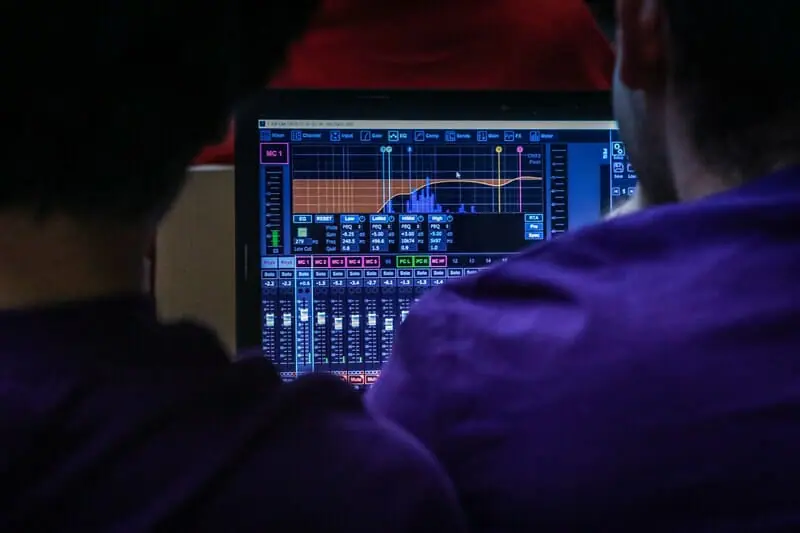
Some engineers swear by linear phase for mastering.
After all, phase smearing is going to be most obvious when it’s applied to an entire track.
That being said, many mastering engineers prefer the color imparted by regular EQs. The phase smearing can even sound good!
So there’s no right or wrong answer.
If you’re going to be mastering, you may want to consider using a linear phase EQ.
But that doesn’t mean you can’t use other EQs. Especially if they bring a distinct tone!
When NOT to Use a Linear Phase EQ
You don’t need to use linear phase EQs for everything.
Your best bet is to only use linear phase EQs when there’s a specific reason to do so.
If you want to preserve the phase relationship of a sound that relies on multiple mics or tracks, go for it. Otherwise, you should be just fine sticking with your regular EQ.
And when you do use them, there are a few problems you should be on the lookout for.
They tend to use a lot of CPU. Too many linear phase EQs will leave your computer chugging.
Plus, linear phase EQs don’t color the sound like their counterparts. Many EQs are famous for the way they shape your song’s tone.
Linear phase EQs, on the other hand, are infamous for imparting a cold, digital tone. They aren’t typically geared toward pleasant tone shaping.
You can also run into pre-ring, which can subtly change your sound’s transient.
Pre-Ringing
To make sure the phase relationship is intact, linear phase EQs delay the signal slightly. Then, your DAW automatically tries to make up for that latency, pulling it back so it plays on time.
But doing this creates pre-ringing.
Pre-ringing is an artifact from the audio being processed backwards. It sounds like a reverse reverberated version of the sound spliced at the beginning of the transient.
It can suck the punchiness out of your sound.
Pre-ringing can be controlled by how you set your EQ curves. So you can avoid it if you’re careful.
How to Use It
By and large, using a linear phase EQ is just like using their counterparts.
You can boost and cut frequencies, adjust Q settings, and change the output gain.
The main difference is that some linear phase EQs come with resolution settings. For example, FabFilter’s Pro-Q 3.
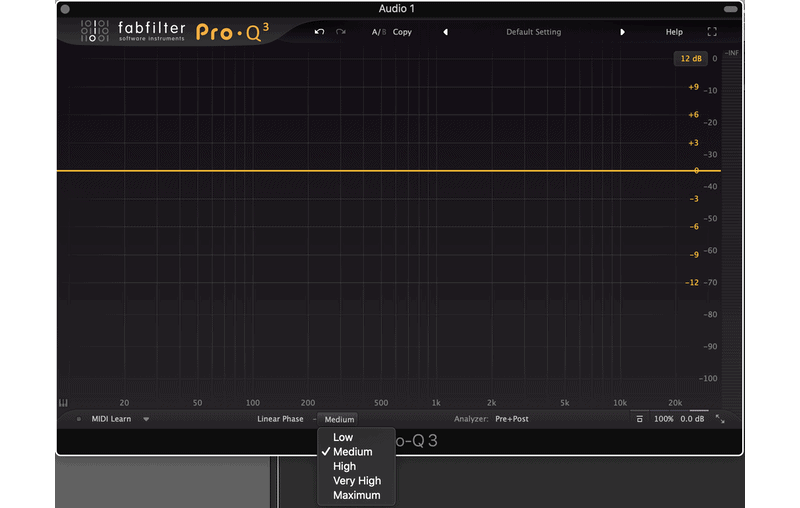
These settings adjust how much latency the EQ adds.
When set to low, it adds minimal latency. But it only works well when working in the high-mids or when using low Q values.
Higher settings increase the latency. These can help with EQing low frequencies, but you’ll be more likely to get pre-ringing.
Some linear phase EQs also change the EQ curves you’re allowed to use.
By doing this, they help you avoid pre-ringing. But you might not get the EQ curve you want from them.
Should You Buy One?
Not necessarily.
If you don’t already have a linear phase EQ, I wouldn’t recommend you rush out to buy one right away.
They can definitely come in handy, but they aren’t crucial for getting a great mix.
So if you don’t have one, just wait until you find one on sale.
If you do have one, stick with it! No need to go out and buy a second.
Conclusion
When used correctly, linear phase EQ can be a huge boon for your mixes.
So next time you reach for a linear phase EQ, keep the tips from this article in mind. They may just save you from a mix disaster!















